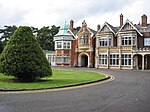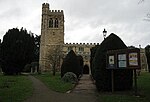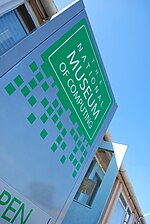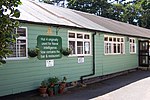Lord Grey Academy

Lord Grey Academy (formerly Lord Grey School) is a comprehensive 11-19 coeducational secondary academy and sixth form in West Bletchley, Milton Keynes, England. Previously a grant-maintained foundation school and specialist language and humanities college, the school academized on 1 April 2018 under the sponsorship of the Tove Learning Trust. It was created from the amalgamation of the Bletchley Grammar School and Wilton County Secondary School in 1973, opening on the site of the latter. From 2011 to 2014 the school operated, in partnership with Sir Herbert Leon Academy, the Milton Keynes South Sixth Form. Although this sixth form was discontinued the school still provides sixth form education independently.The school was last graded by Ofsted as good and was previously requires improvement, satisfactory and inadequate. The school is larger than average with a population of 1449 pupils, of which 51% are girls and 49% are boys. 35.3% of students are eligible for free school meals and 17.9% speak English non-natively.
Excerpt from the Wikipedia article Lord Grey Academy (License: CC BY-SA 3.0, Authors, Images).Lord Grey Academy
Rickley Lane, Milton Keynes Old Bletchley
Geographical coordinates (GPS) Address Phone number Website External links Nearby Places Show on map
Geographical coordinates (GPS)
| Latitude | Longitude |
|---|---|
| N 51.998055555556 ° | E -0.74972222222222 ° |
Address
Lord Grey Academy
Rickley Lane
MK3 6EW Milton Keynes, Old Bletchley
England, United Kingdom
Open on Google Maps









